Blog

New Trends in Web Design: How to Create Modern, Engaging, and Functional Websites
In the digital era we live in, web design is crucial for the success of any company, brand, or organization.
In recent years, trends in web design have undergone significant changes, introducing new approaches and technologies. In this article, we present the latest trends that will help you create modern, engaging, and functional websites.
Web 3.0 and Semantic Websites Web 3.0, also known as the Semantic Web, is the next evolution of the internet, which aims to better understand and interpret data by machines. Web designers are increasingly using semantic HTML5 elements and microformats to make their websites more understandable for search engines. Applying these practices also helps improve accessibility and facilitates the creation of responsive interfaces.
Dark Mode Dark mode has become a popular trend in web and application design. It offers users an alternative to classic light themes, allowing them to reduce blue light emissions and save energy for OLED screens. Designers should consider incorporating dark mode in their designs to provide greater user comfort.
Minimalism and Typography Minimalism is one of the most important trends in recent years. Simple, readable, and functional websites are highly appreciated by users. Designers are also increasingly using larger, bold fonts that grab attention and help convey the main message of the website.
Moving Elements and Animations Moving elements and animations are a great way to enrich a website and increase user engagement. Thoughtful animations, such as microinteractions or subtle hover effects, can make a website more attractive, interactive, and user-friendly.
Artificial Intelligence and Personalization Artificial intelligence (AI) plays an increasingly important role in web design. Technologies such as chatbots, content recommendations, or marketing automation allow for a better understanding of user needs and preferences. This makes websites more personalized, leading to greater user engagement and satisfaction.
Mobile-First Design Today, more and more people browse the internet on mobile devices. Therefore, designing websites with compatibility with different screens and devices in mind is essential. Designers should use responsive design techniques and optimize websites for fast loading on mobile devices.
Security and Privacy Security and privacy issues have become crucial for internet users. Web designers should ensure the use of security measures such as SSL protocol and provide proper storage of personal data. Additionally, it is worth informing users about the collection and use of their data, and giving them the ability to control these processes.
Support for Diversity and Accessibility Supporting diversity and accessibility is not only an ethical issue, but also a key to the success of any website. When designing websites, it is worth taking into account different needs and expectations of users, for example, by providing contrast, using readable typography, and using supporting technologies such as screen readers.
Summary:
New trends in web design aim to improve the functionality, attractiveness, and accessibility of websites. Web 3.0, dark mode, minimalism, animations, artificial intelligence, mobile-first design, security, and support for diversity and accessibility are just some of the key elements of modern web design. By implementing these trends in their projects, designers can create modern, engaging, and functional websites that meet the needs and expectations of users.





